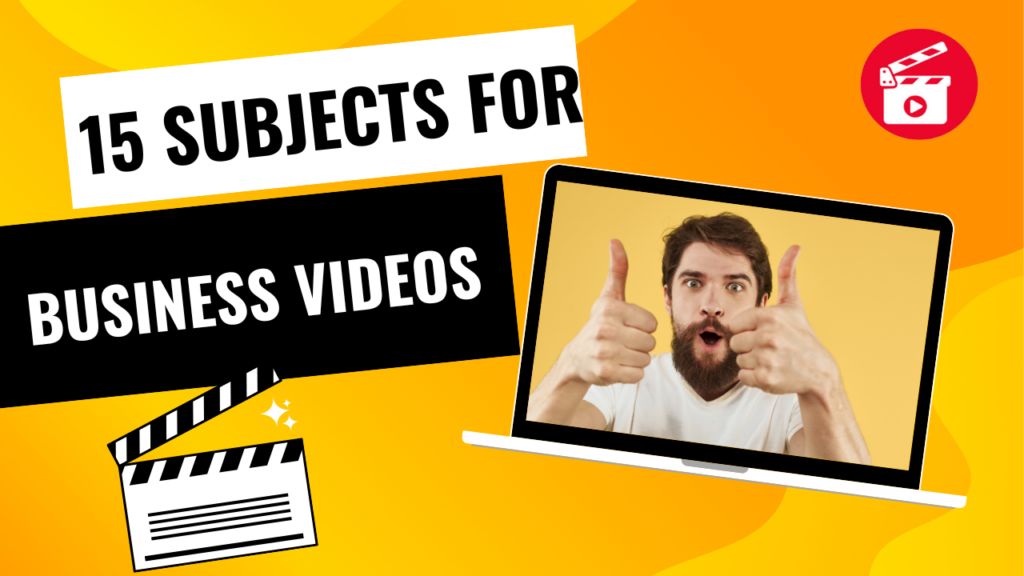
The main thing to remember is to relax. I have worked with folks of all skill levels – from camera shy to professionals. I ‘m here to make the experience comfortable and fun.
After you and I have discussed the topic and the look of the video, I prepare a “shot list” of the scenes I’ll need to get. Some producers will “storyboard” the video – that is, do a rough drawing of each scene to use as a guide. Normally, I stay away from storyboards and leave an open mind for whatever possibilities may arise.
If our shoot time is , say 10 AM, I may arrive about 15 minutes early to start setting up equipment. Each video shoot is different, so the amount of gear I have to carry will change. On the minimal side, though, we’ll have a camera, a tripod, a couple of lights and light stands, and if needed, a teleprompter. Above all, we want to make sure the environment is both comfortable and efficient.
APPEARANCE
We want you to look good on camera. We use LED light panels that are diffused for a softer light and eliminates harsh shadows. We’re always happy to discuss any wardrobe issues you have. If we have not seen the space where we’re shooting, it may take a few minutes to ensure we have a clean set, displace objects that might be in the way, or move some around to add more visual interest.
SOUND
We work hard to make sure everyone on camera sounds great. In some cases, though, fans, HVAC units, and telephone systems can cause unwanted background noise. We can temporarily address those before starting, or even in a pre-visit if we get the chance. We use different microphones, depending on the situation. Mostly, a small wired tie-clip mic will do the trick, but we also have a wireless version. Our shotgun mic is for non-static shots, or when we have to capture sound from a group of folks. We have even used a handheld mic with a custom mic flag that could include your logo.
TELEPROMPTER
If you need to deliver a script word for word, a teleprompter is your best option. Please don’t try to create any cue cards or notes that would cause you to look off camera. We need at least a day in advance to receive your script, and make it “teleprompter friendly” so you will have a comfortable time reading it. Last minute changes are acceptable, but then we must manually enter them on set. Reading from a teleprompter requires just a bit of practice. Fortunately, both the size and the speed of the text are controlable. The camera lens is covered with a one-way mirror which reflects the text so you can read normally while looking into the camera. While you don’t need to memorize the script, you should be familiar enough with it so you can move or use your hands as you would when speaking to one person. If you get hung up on a word, just pause, take a beat, and continue. We will either do another take, or we’ll record a “pick-up” where you start on the previous sentence and continue on.
THAT’S A WRAP
When your performance is completed, that’s when OUR work really begins. We transfer the footage to our editing workstation, make notes on the pieces we’re going to use, and start the editing process. The rule of thumb is that it takes between one to two hours of editing for every finished minute of footage. Post production usually includes some color adjustments, sorting through “B-roll” (the additional footage we shoot to tell your story), creating any on-screen text, images or effects. We always like to have a large, clean copy of your logo, which we will use either as a “bug” – a branding mark in a lower corner, or in your “lower third”, which is the banner that appears on the lower third of the screen showing your name and title. When editing is done, we’ll make a “first render” and show that to you so you can suggest any tweaks. After that, we make the final edits, and we’re done!
–that’s a wrap.
Ron Harper is the founder of Videos On Your Website, a Cincinnati digital marketing firm specializing in video web content for businesses. Get a FREE Video Buying Guide at Videos ON Your Website – Cincinnati and Dayton Video Production Guide.




